Cirrhosis is a disease that destroys healthy liver tissue, leaving behind scar tissue that hinders liver functions. The condition slowly progresses and finally it will impede the flow of blood through the organ and interrupt its ability to process nutrients, toxins, drugs and hormones. Living with cirrhosis is a challenge as it also inhibits a liver’s ability to produce proteins and other vital substances.
Symptoms of Cirrhosis
Often, cirrhosis is a silent disease until severe liver damage has occurred. Once symptoms are present, they can include the following:
- Jaundice (yellowing of eyes and skin)
- Fatigue
- Itchy skin
- Easy bruising
- Loss of appetite
- Redness of palms
- Weight loss
- Bleeding easily
- Appearance of spider-like veins
- Nausea
- Swelling in legs
- Ascites (accumulation of fluid in abdomen)
- Breast enlargement in males
- Hepatic encephalopathy (drowsiness, slurred speech and confusion)
Precautions for Living with Cirrhosis
Treatment plans for cirrhosis are individualized and is determined by the cause. Your doctor can outline the best course of action for your condition. However, it is always good to arm yourself with knowledge on how to protect your liver and prevent additional damage.
1. Stop Drinking Alcohol
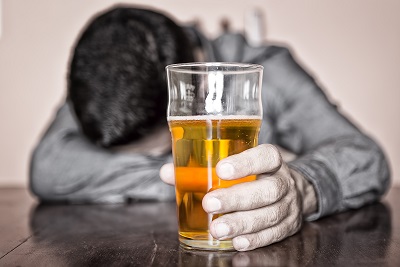
Alcohol makes your liver work extra hard, causing additional scarring. Even if your cirrhosis was not caused by drinking alcohol, you should stop altogether to prevent further damage. Instead, you can consume coffee in moderation as studies have shown that caffeinated beverages may help slow the progression of the disease.
2. Reduce Sodium Intake
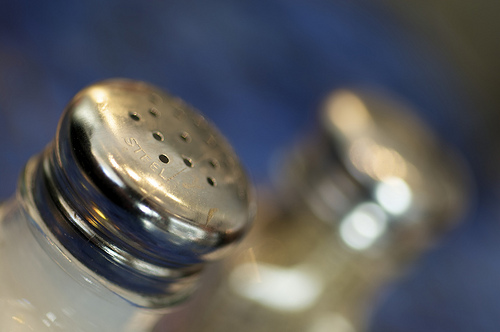
Keep your sodium intake to a minimum to prevent fluid build-up and swelling in your abdomen. High sodium foods can lead to fluid retention, which will make your liver work harder and cause additional scarring. If you are used to salty food, food may taste plain at first, so learn to use healthier spices to add flavor.
3. Eat Well-Balanced, Healthy Meals
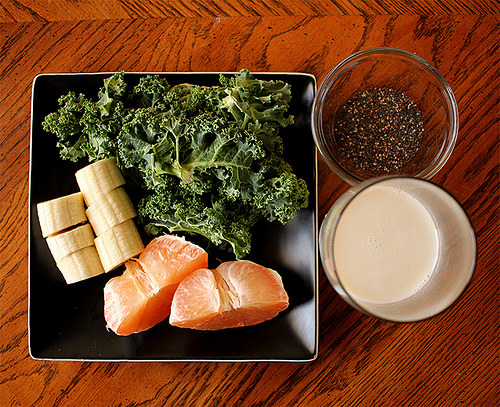
Reduce your consumption of animal protein and supplement it with healthy proteins like tofu, legumes and quinoa. Have more fresh vegetables and fruit that are full of nutrients and antioxidants. Since a damaged liver cannot amass glycogen, don’t forget to eat carbohydrates. Consider eating snacks rich in carbs like cereals, crackers, milky drinks or tea cake.
4. Regularly Exercise
.jpg)
If you are not doing exercises regularly, it is time to start. By including exercise in your daily routine, you help prevent muscle deterioration caused by the damaged liver. It is even more important to do it if you are overweight. You should exercise for at least 30 minutes a day and three times a week. Exercises such as brisk walking, cycling or swimming are great!
5. Beware of Non-Steroidal Anti-Inflammatory Drugs
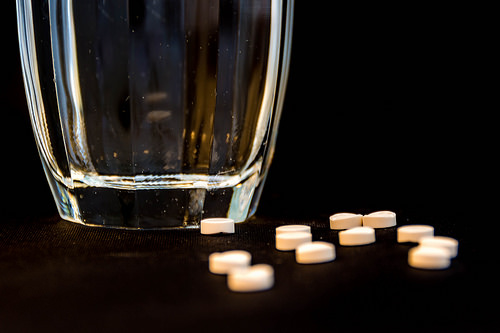
Non-steroidal anti-inflammatory drugs (NSAIDS) such as aspirin and ibuprofen are used for treating pain and inflammation. When combined with alcohol or consumed in large doses, these drugs can be extremely damaging to your liver. Living with cirrhosis prevents you from using NSAIDS as they can cause your liver to fail and can be deadly to you. If you need medication for pain, consult your doctor.
6. Take Measures to Avoid Infections
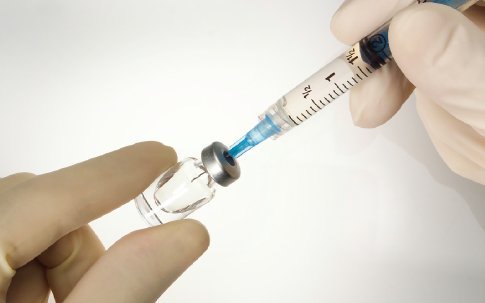
A damaged liver can lead to a suppressed immune system, so it is important to protect yourself against infections. Washing your hands regularly is a great way to prevent infections. Make sure to lather you hand with soap for 20 seconds before rinsing with clean water. Avoid touching your face, mouth or eyes after having physical contacts with others and try not to contact people who are ill. One of the most important things you can do while living with cirrhosis is keeping your immunizations up-to-date. Hepatitis is deadly to a damaged liver, so make sure to get vaccines for hepatitis A and B.
7. Other Precautions
There are other things you can do to protect your liver. Stop smoking immediately. Not only will it improve your overall heath, it will also increase your chances of being an acceptable liver transplant candidate. Besides, check the contents of your multivitamin very carefully and avoid those containing iron, as it can further damage your liver. What's more, do not eat raw shellfish or oysters, because these foods can carry bacteria that may cause dangerous infections.
Medical Treatments for Cirrhosis
Treatment of cirrhosis will vary from one patient to another based on the cause of your condition. The stage of the disease also affects your treatment options. Liver damage is permanent, so the goal is to stop further deterioration and eliminate complications. Your doctor may recommend the following treatments:
- Banding procedures
- Beta nitrates or blockers
- Lactulose and low protein diet
- Hemodialysis
- Intravenous antibiotics
A liver transplant may be your only option if all other treatments are unsuccessful. The procedure is intensive, requiring the removal of your damaged liver and exchanging it with a live and healthy donor liver. It is important to note that there are many people waiting for a transplant and unfortunately there are not as many donors.
The Life Expectancy of Cirrhosis
A person living with cirrhosis often worries about his or her life expectancy. Per the Child-Pugh scale, you can get your own score based on your condition. The score reflects the severity of the disease, and a patient is assessed as class A, class B or class C according to the score. Class A patients have a life expectancy of up to 20 years, class B up to 10 years and class C about 3 years. Class A and B patients may consider a transplant while class C patients may not have enough time for such advance treatment.
